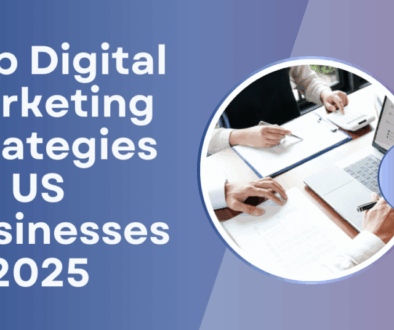Defining SEO
SEO and PPC are two of the most important elements for any successful digital marketing strategy. But what exactly is SEO, and how does it differ from PPC? This article explores the basics of search engine optimization (SEO) and pay-per-click advertising (PPC), including their objectives, differences in implementation, and best practices for achieving maximum engagement with your target audience. Search engine optimization is a method of website design that focuses on creating content tailored to the algorithms used by popular search engines such as Google or Bing. SEO involves optimizing web pages for keywords related to a particular topic in order to appear higher up in search engine results pages. It also involves structuring websites so that they load faster, making them easier to navigate, and ensuring that all content is optimized for mobile devices.
Defining PPC
Pay-per-click (PPC) marketing is a form of digital advertising that allows businesses to quickly attract targeted website visitors. It involves paying for each click on an online advertisement displayed on websites, search engines, and other online media outlets. While it can be used independently from SEO, PPC often works best in tandem with organic search engine optimization (SEO). To understand the different ways that these two strategies can work together to create value for your business, it’s important to understand what PPC is and how it works. PPC campaigns are based around keywords relevant to your products or services. When someone searches using one of those keywords, your ad will appear at the top of the search results page as long as you outbid all competitors in real time.
Benefits of Combining SEO & PPC
SEO and PPC are two of the most effective digital marketing strategies available to businesses today. When used in tandem, SEO & PPC can provide a powerful combination that can help your business grow and succeed. In this article, we take an in-depth look into the benefits of combining SEO & PPC as part of best practices for creating a successful digital marketing strategy. When it comes to digital marketing, SEO is essential for helping potential customers find you through search engine results while PPC provides a way to get them clicking on your website or landing page quickly and easily. By combining these two strategies, you create a powerful synergy that increases visibility and helps drive leads and conversions. With both SEO & PPC working together, businesses can get higher click-through rates on their ads as well as improved organic search rankings from optimized content.
Best Practices for SEO
Search engine optimization (SEO) is an essential part of any online business strategy. It helps to ensure that your website is visible in search engine result pages and increases your chances of being found by potential customers. While some may think that SEO is a complex and difficult process, there are a few best practices that can help to make the process easier and more effective. The first step in optimizing any website for SEO is to create quality content. Content should be relevant, informative, and engaging for readers so it will rank higher in search results. Additionally, adding keywords throughout content can also improve ranking as well as including outbound links from authoritative sources like industry experts or news outlets. Another important factor to consider when optimizing websites for SEO is technical aspects such as page loading speed, mobile optimization, and internal link structure.
Best Practices for PPC
Pay-per-click (PPC) campaigns are a great way to drive traffic and sales for businesses, big and small. However, without proper implementation of best practices, these campaigns can quickly become costly and inefficient. To ensure the success of PPC campaigns, it’s essential that marketers follow established guidelines to make sure they’re getting the most out of their efforts. The first step in successful PPC management is keyword research. Properly chosen keywords are essential for making sure that ads reach the right audience at the right time with relevant content. Additionally, marketers should be careful not to overbid on keywords or waste money on irrelevant ones; this could cause them to miss profitable opportunities elsewhere. Another important component is creating compelling ad copy that stands out from other competitors and entices users to click through.
Challenges of Using Both
Search engine optimization (SEO) and pay-per-click (PPC) are two common digital marketing strategies used by companies to increase their online visibility, attract new customers and generate more revenue. While both practices are essential for digital success, combining them can bring about challenges that marketers must be aware of in order to effectively manage their campaigns. First, SEO and PPC have different objectives and timelines. SEO focuses on improving organic rankings over a longer period of time while PPC is an immediate way to improve website traffic and get conversions without waiting for organic search results. This means that marketers need to carefully consider how each approach fits into the overall strategy, as well as how they will measure success. Additionally, using these two strategies together requires extensive budget planning since they require different investments in order to achieve desirable results.
Conclusion
As businesses of all sizes look for ways to maximize their online presence, understanding best practices for SEO and PPC can be a useful tool in the digital marketing toolbox. By taking a deeper look into these strategies, marketers have the opportunity to identify which path is most advantageous for their business and audience. At its core, effective optimization requires leveraging data-driven insights and having an eye on long-term trends. In addition to technical components such as keyword research, website structure, content strategies and link building should also form part of any successful SEO or PPC strategy. With that in mind, marketers are better positioned to make decisions on how best to approach their digital marketing plans that will ultimately lead to increased ROI.

CORPORATE OFFICE
2001 N Lamar Street
Suite Number 270
Dallas, TX 75202



